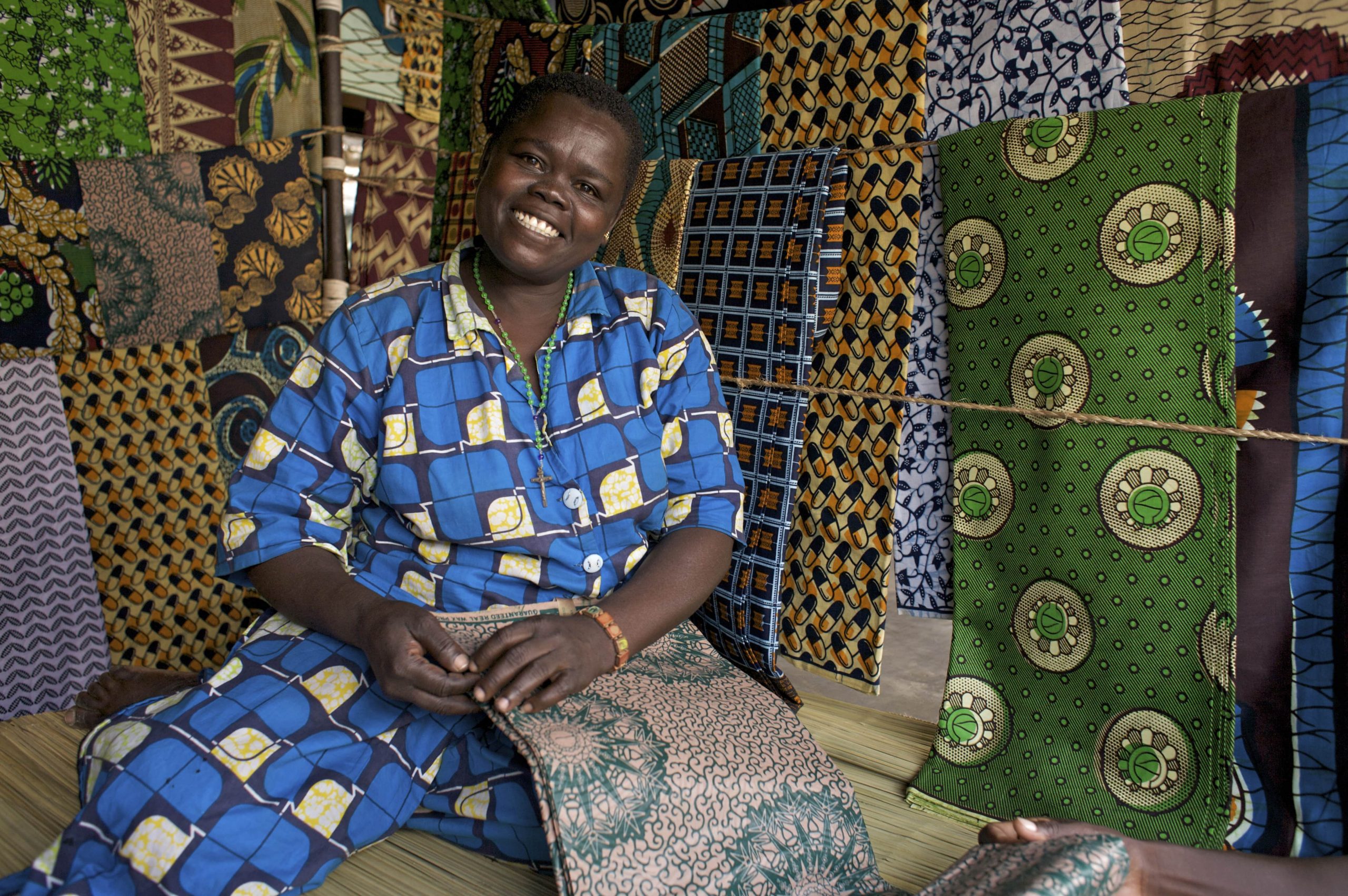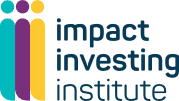Resilience as our North Star
In my first blogpost of the international series, I suggested that “resilience” should be our new North Star as impact-minded investors – the guiding principle to ensure that we build sufficient resource capacity to absorb adversity and avoid a slide into economic, social and health despair.
COVID-19 has laid bare structural and systemic inequities. Recent protests in the US and elsewhere have also put the spotlight on fundamental power asymmetries at the heart of these inequities. Our forward destination must be inclusive of people and protect the planet over the long-term.
For investors, these crises have raised difficult questions. Can impact investing actually chip away at systemic dysfunction?
The answer is: yes. And the invitation is to act now. Investors have an opportunity to put their capital to work in solutions that will yield durable returns and positive social and environmental impact.
First principles of impact investing compel us to ‘build back better’ now
In my last piece, I offered a SPOT-on playbook that converts a few of the ‘first principles’ of impact investing into a framework for action: Solutions driven, Proximate to Community, Outcomes managed with a Tolerance for innovation.
Some have suggested that investors seeking positive impact should keep their powder dry for now, waiting to deploy capital only when a ‘new system’ emerges. But such suggestions are misguided: failure to act now comes at a high price for those who are not thriving and means investors will miss out on first mover advantage progressing towards our North Star.
Financial inclusion offers track record, multi-asset class investability at scale
As impact investors we tend to be animated by ambitions such as the introduction of new vaccines to eradicate life-threatening viruses; new carbon-neutral modes of transportation and logistics; or animal protein food substitutes that enhance nutrition and preserve the planet.
And yet, it is in the often-overlooked areas of financial intermediation and financial inclusion that we may be able to make a material difference in building resilience. The World Bank estimates that more than 1.7 billion people globally remain unbanked, which means that almost a third of the world’s adults are without access to a bank account. An even greater number of people remain underbanked, meaning that even if they have a banking relationship, they are not able to access the range of reliable and affordable products and services, and therefore the capital they need, to propel their resilient future.
Investors looking at financial intermediation and, more specifically, microfinance, will find experienced operators that are active across geographies, and investment opportunities across nearly all asset classes. Various risk, return, liquidity and impact appetites can be satisfied with a range of investments. There are an estimated 1,000 institutions providing access to microfinance globally, including non-bank finance companies, deposit-taking regulated institutions, digital wallet companies, payment platforms and more. For those seeking breadth and depth of impact, microfinance serves more than 140 million people with credit and savings services. Roughly 80% of the sector’s clients are women, and 65% live in rural areas. As of 2018, the sector had a combined portfolio of $124 billion in outstanding loans and $80 billion in savings. Microfinance is a mature sector, with some operators having more than 30 years of experience; accordingly, financial and impact performance track records of both funds and operators can be diligenced.
Banking on resilience is a compelling investment strategy
At its core, microfinance operators are banking on the resilience of their clients. It does so by providing borrowers with the tools they need to convert their resilience-building behaviors into realised results of more and stable income with the related benefits of better nutrition and health as well as educational opportunities.
Case study: BRAC
BRAC, one of the leading development organisations worldwide, designs and delivers products and services that impact the lives of more than 130 million people across 11 countries in Asia and Africa. They do so through large-scale programs and social enterprises, engaging in interventions that include its pioneering ultra-poor graduation approach, through financial services including microfinance, health and nutrition, education and skills, human rights and gender equality. Its microfinance operations alone reach more than 7 million clients and disbursed loans worth more than 5 billion US Dollar in 2019.

Rosie was the first microfinance borrower I met, in Uganda in 2005. With a 200 US Dollar loan, she had opened a small convenience store located on the corner of two well-traveled streets in her town. She employed her husband to mind the store while she took classes at the local college. She shared with me her plans for growth and asked my views about some of the products she was carrying. There may not have been audited accounts to examine, but Rosie knew the financial rhythm of her business. More importantly, she was clear about the investment she was able to make in her family, including her children’s education, with the earnings from her business. The repeat loans she received from BRAC enabled her to pursue her dreams for herself and her family. What I witnessed was the power of a small loan to a determined woman to propel a family, a household, a community, forward. Imagine this result on a scale of 100 million Rosies – this is the opportunity of microfinance.
It is building on the inherent resilience of people like Rosie, which is on display after every war, natural disaster, displacement, or disease – disadvantaged communities know how to rebuild their lives better than most. The circumstances force them to be practical and innovative in their approach.
As investors learn to respond to coronavirus, BRAC’s experience in helping communities confront and rebuild after the Ebola crisis in West Africa offers useful insights. When Ebola tore across Liberia, Sierra Leone, and Guinea in 2014, BRAC made the difficult decision to pause operations for seven months, despite worries of not being able to financially recover. But when BRAC reopened for business, within the first few weeks of restarting loan collections, repayment rates stood at well over 90 percent in Liberia and nearly 70 percent in Sierra Leone.
Evidence also suggests that clients developed patterns of savings behavior by working with BRAC, which has equipped them to withstand the impact of the next crisis, including COVID-19. Recent results of a set of Lean Data Surveys commissioned just prior to the pandemic yield some interesting findings supporting the notion of resilience:
More savings: on average, 91% of BRAC’s microfinance clients reported that their ability to save had increased to some extent
Increased ability to use own savings during an emergency: On average, 83% reported using savings to pay for an emergency expense after working with BRAC, compared to 44% before
Better financial planning: 84% of BRAC’s microfinance clients reported that their ability to plan their finances had increased to some extent
BRAC and the SPOT-on Playbook
The BRAC example measures up well to our SPOT-on playbook:
Solutions driven: BRAC – and its staff – are clear about the problem they are solving: Access to responsible financial products and services that bolster the resilience of disadvantaged communities, with enhanced savings, household income and prospects for sustained prosperity.
Proximate to Community: BRAC is grounded in the community. Staff travel to local communities and meet people where they are, listening to borrowers’ needs and responding with demand-driven products and services. Proximity strengthens the organisation’s performance.
Outcomes managed: While mission commitment does not equal outcomes realised, BRAC’s efforts to measure, share and learn from its results demonstrate the centrality of outcomes.
Tolerance for Innovation: With clarity of the solutions it is seeking, combined with operational experience and proximity to local markets, BRAC has tapped digital delivery channels, developed new products tailored for specific needs (e.g. for farmers, for small enterprises as distinct from micro enterprises) and more.
In short, BRAC is a well-performing microfinance operator putting investment capital to work at scale, operating in multiple geographies, delivering financial products and services to poor people, particularly women, with demonstrable social and economic results.
Our case study shows that microfinance represents a way to invest now and achieve a ‘resilient’ multiplier effect moving us closer to our North Star. Investors seeking investment pathways towards a more resilient future for disadvantaged communities, and particularly women, can find abundant opportunity in financial inclusion.
Laurie J Spengler serves as a non-executive director of the Impact Investing Institute, the CDC Group (the UK development finance institution) and Bridges Insights. She is the founder and CEO of Courageous Capital Advisors, a Global Ambassador to the Global Steering Group on Impact Investing and a Senior Fellow and Advisory Council member at Casei3 at the Fuqua Business School. She is a member of the Council on Foreign Relations.

